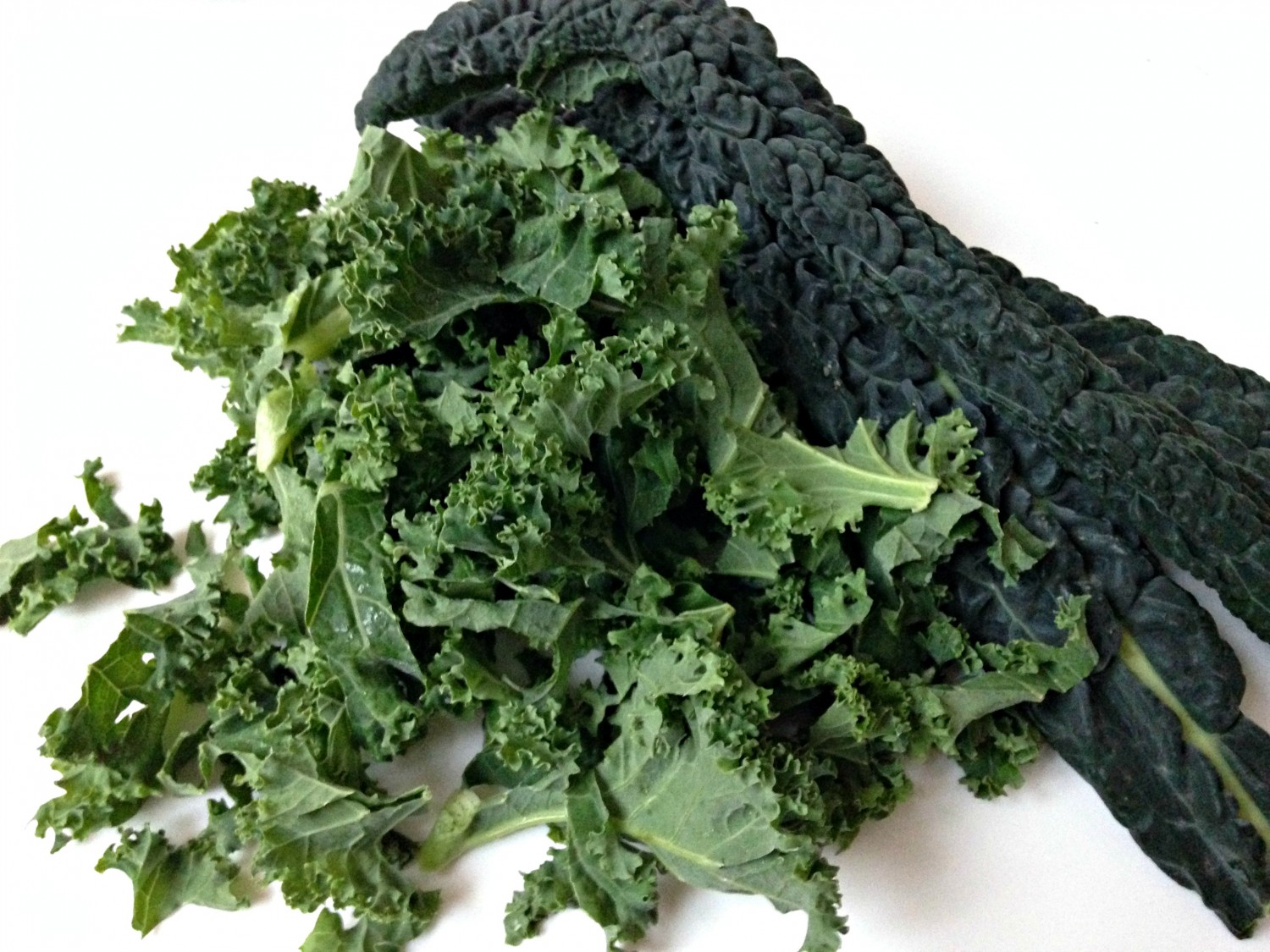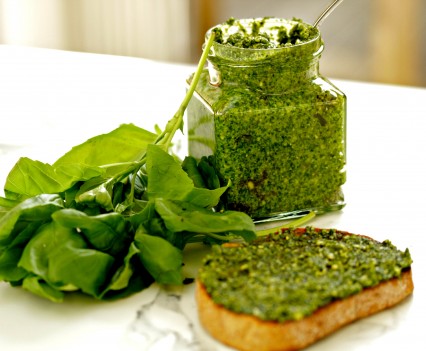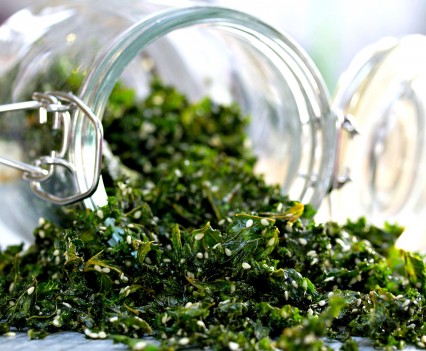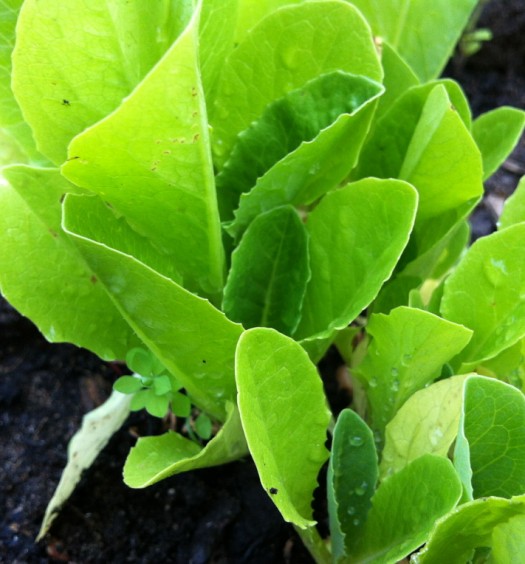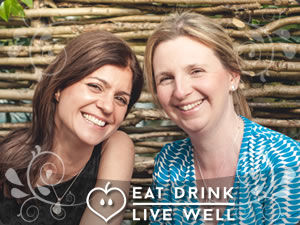reasons to eat kale and healthy kale recipes
Kale is seemingly the world’s favourite green leaf superfood at the moment – making appearances in salads and smoothies just as often as with the Sunday roast. It’s cheap, nutritious and easy to find at both markets and supermarkets throughout the winter.
Yet when I suggest that clients eat more kale, my suggestion is often met with blank faces. People seem unsure how to cook it, or are traumatised by bad memories of flavourless boiled kale at long-ago school dinners.
So here are our top reasons to eat kale and ideas for healthy kale recipes:
Kale Is:
- A fantastic food to eat if you’re stressed or low in energy as it’s rich in magnesium and B vitamins
- An excellent source of Vitamin C: kale is higher than all fruits (apart from guava) in Vitamin C – with more than twice the vitamin C of oranges. Vitamin C is water soluble, so to get most benefit, you’ll need to eat it raw in a salad or smoothie, or add to a soup where the Vitamin C (and B vitamins) leach into the broth.
- A good source of beta-carotene, the plant form of skin healthy and immune supporting Vitamin A. Vitamin A is fat soluble, so to get most benefit, add some fat (such as coconut oil or avocado) to your smoothie and drizzle olive oil over salads or sautéed kale (cooking kale makes beta-carotene more available to us).
- A source of anti-inflammatory Essential Omega 3 fats. If you don’t like oily fish or seafood, take a look at the plant forms of Omega 3 fats; dark green leafy vegetables like kale contain small amounts – it all adds up!
- A cruciferous vegetable (like broccoli) so has similar, potent anti-cancer properties. Research on kale and cancer is particularly related to hormonal cancers, such as ovarian, prostate and breast, plus colon and bladder cancers. To benefit most, buy whole leaves, remove the tough stems, and chop kale yourself – around 10 minutes before using. This activates an enzyme that converts glucosinolates in the kale to beneficial ITCs, responsible for many of kale’s anti-cancer properties. Adding a sprinkling of lemon or lime juice at this stage also helps conversion.
- Great for hormone balancing (i.e. to reduce PMS, endometriosis symptoms) and detox – kale helps to detoxify carcinogens and eliminate hormones.
- Heart healthy – the fibre in kale binds with cholesterol, helping us to maintain lower cholesterol levels. For maximum cholesterol-lowering benefit, cook your kale – the fibre binds better with cholesterol when cooked.
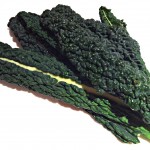 Top Tip: experiment with different types of kale – curly green kale, red kale (easy to grow from seed) and the dark ‘black’ kale – known as Tuscan or Cavalo Nero. They all have slightly different antioxidant properties and can be found in most supermarkets or farmers markets.
Top Tip: experiment with different types of kale – curly green kale, red kale (easy to grow from seed) and the dark ‘black’ kale – known as Tuscan or Cavalo Nero. They all have slightly different antioxidant properties and can be found in most supermarkets or farmers markets.
Doesn’t kale interact with thyroid function?
In theory, kale can act as a goitregen – i.e. interfere with thyroid function. Research on this is patchy, but seems theoretically possible if you’re iodine deficient and knocking back great quantities of raw kale every day. Iodine is found in seafood, seaweed (and in multivitamin and mineral supplements!). If you’re covering your iodine intake, and eating kale in moderation, we don’t see a problem with raw kale.
Our favourite ways to make the most of kale are:
Sautéed or stir-fried: washed, shredded and lightly sautéed – with a little anti-inflammatory turmeric powder, a chopped leek and anti-microbial crushed garlic. We eat this loads at home – it’s a regular side dish to our Sunday roasts. This combo gives fab liver support too.
As a salad: wash and shred the kale leaves, and then massage with olive oil (or other dressing oil) to soften the leaves. Our kale tabbouleh makes the most of this technique.
As kale chips: our go to, indispensible snack – the kids love them, and they work really well as pre-dinner party nibbles
In soups: add a handful of kale for a few minutes before serving
On pasta: simply stir in wilted kale, or make into kale and basil pesto
In juices or smoothies: you’ll ideally need a high speed blender such as a Nutribullet or Vitamix, but try a small handful of kale leaves mixed with other greens – substitute or mix spinach with kale in our basic green smoothie
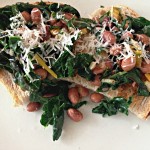 Our favourite recipe of the last few weeks is Beans and Kale on Toast – it’s a comforting, autumn recipe – and really easy to make as a quick and nourishing lunch (or breakfast) if you’re at home.
Our favourite recipe of the last few weeks is Beans and Kale on Toast – it’s a comforting, autumn recipe – and really easy to make as a quick and nourishing lunch (or breakfast) if you’re at home.
- 1 clove garlic
- 1 tsp turmeric ground
- 1 pinch black pepper
- 2 handfuls kale shredded, tough stalks removed (or chard)
- 1 can borlotti beans or cannelini beans
- 2 shallots sliced
- 1 tsp extra virgin olive oil plus extra for drizzling
- 1 tbsp Parmesan cheese grated, optional
- 1 tbsp water if needed
- Crush the garlic and set aside
- Wash the kale thoroughly
- Sauté the shallots in the olive oil in a saucepan for a few minutes, before adding the garlic and turmeric. Sauté for another minute.
- Add the kale and stir for a couple of minutes until wilted. Add the drained beans, the water (only if your kale seems dry - you don't want it to stick to the pan), lower the heat and cover. Leave for a few minutes until the beans are heated through.
- Add black pepper, grated parmesan (if using), drizzle liberally with extra virgin olive oil, and serve on wholegrain or sourdough toast.
We hope you enjoy this blog post, let us know your thoughts in the comments below or on social media – we’re on Twitter, Facebook, Instagram and Pinterest. And don’t forget to sign up to our newsletter to receive a monthly update of our recipes, nutrition tips and expert advice.

